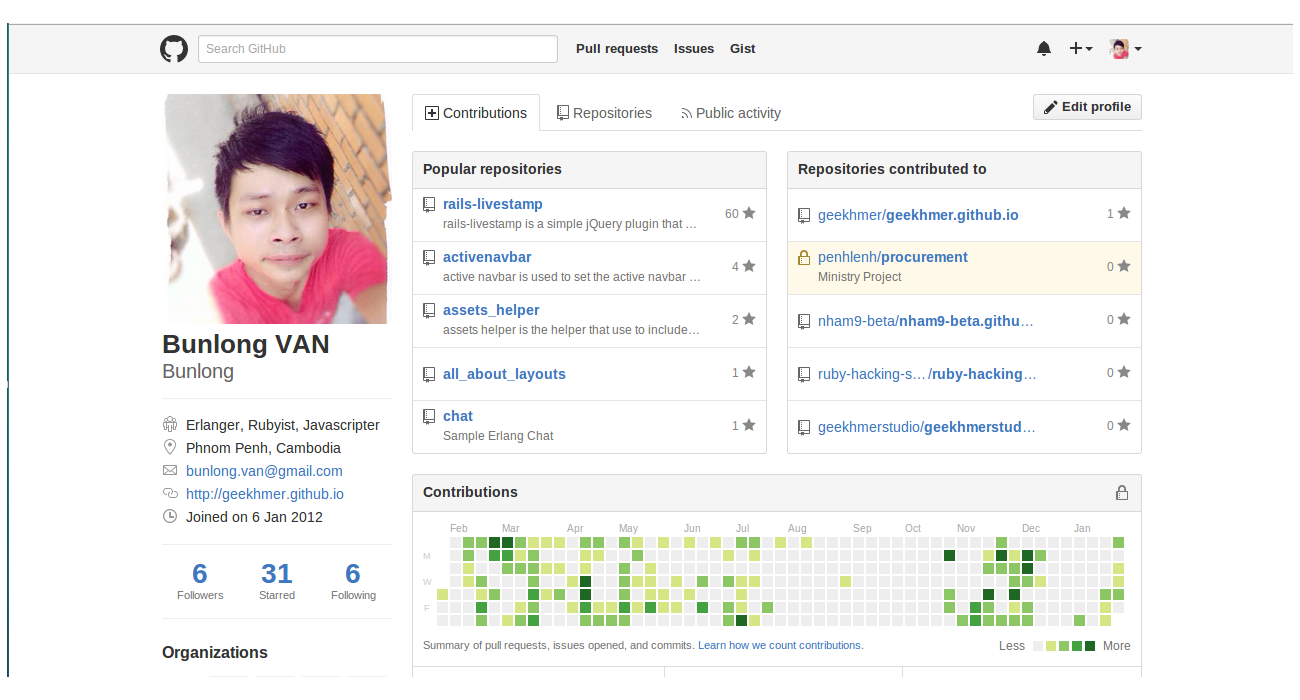
Community-driven software development is becoming the new path to brand and project success. You would be advised to pay attention to this surging trend: With more than 27 million projects currently on GitHub, the ever-increasing popularity of community-driven development is evident.
I’ve come up with five concrete ways you too make your project successful on GitHub. It’s all about engaging the community.
1. Prioritize Your Community
Open source is more than a license and software development model; it’s also largely about the people. Encourage both users and maintainers to collaborate to promote a surge in new ideas. You’ll find that most prominent projects incorporate a community of contributors with a mailing list, GitHub project.
2. Welcome New Contributors
Contributors often feel intimidated and self-conscious when starting a new project. Help them break out of their shell by offering a set of contribution guidelines and using an issue tracker to highlight troubleshooting that can be easily handled by new contributors. Laying out the proper groundwork is vital to the success of your project.
3. Appreciate Contributors’ Work
All those who contribute are co-creators and have ownership over their work on each project. we recognize each contributor’s input in a variety of ways. Easy things to do that go a long way are shout-outs, a kind note, or sending some swag, like a T-shirt.
4. Use Art to Visualize Your Ideas
Art has a powerful capability to communicate ideas, just like software. Take advantage of graphic design to brand your projects. Consider creating a friendly mascot (like the GitHub Octocat) to help distinguish your project for your community. In addition, use art to illustrate and teach complex ideas and instructions. By incorporating art into your project, you may also encourage artistic contributions from your new contributors.
5. Implement Documentation to Prevent Problems
Fastidious recording of your project process can avert potential issues and confusion. Good documentation includes a FAQ section, a set of instructions for common patterns, and a set of examples. You can even make your documentation open source by asking for contributions from those working on your projects.
So far so good, Accelerate engaging a community of volunteer software developers by making them feel welcome, giving them clear tasks, and establishing tangible ways for them to be completed. Most importantly, thank contributors when they help you. Your project will flourish because of it. See ya!!!